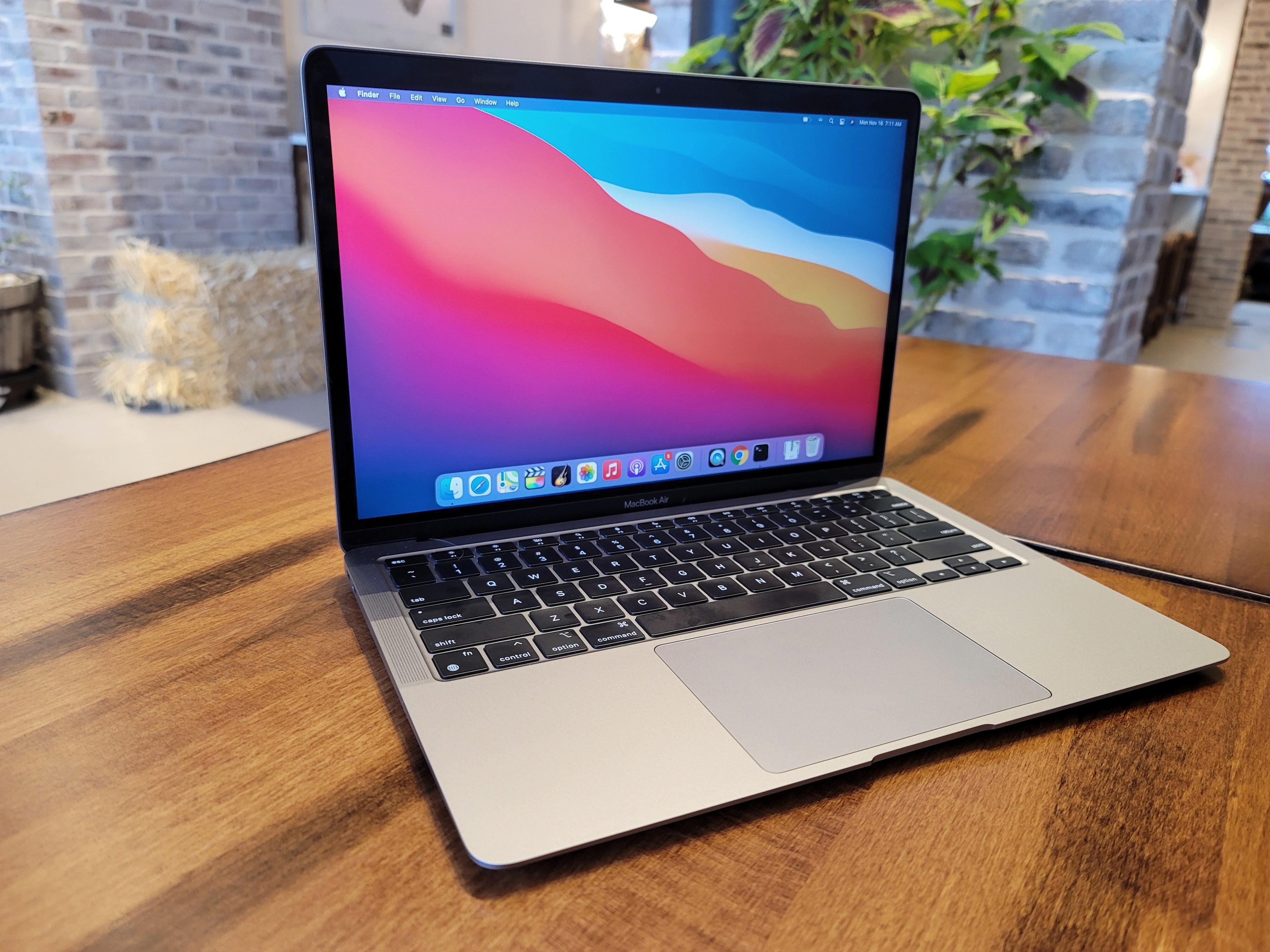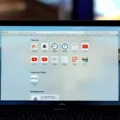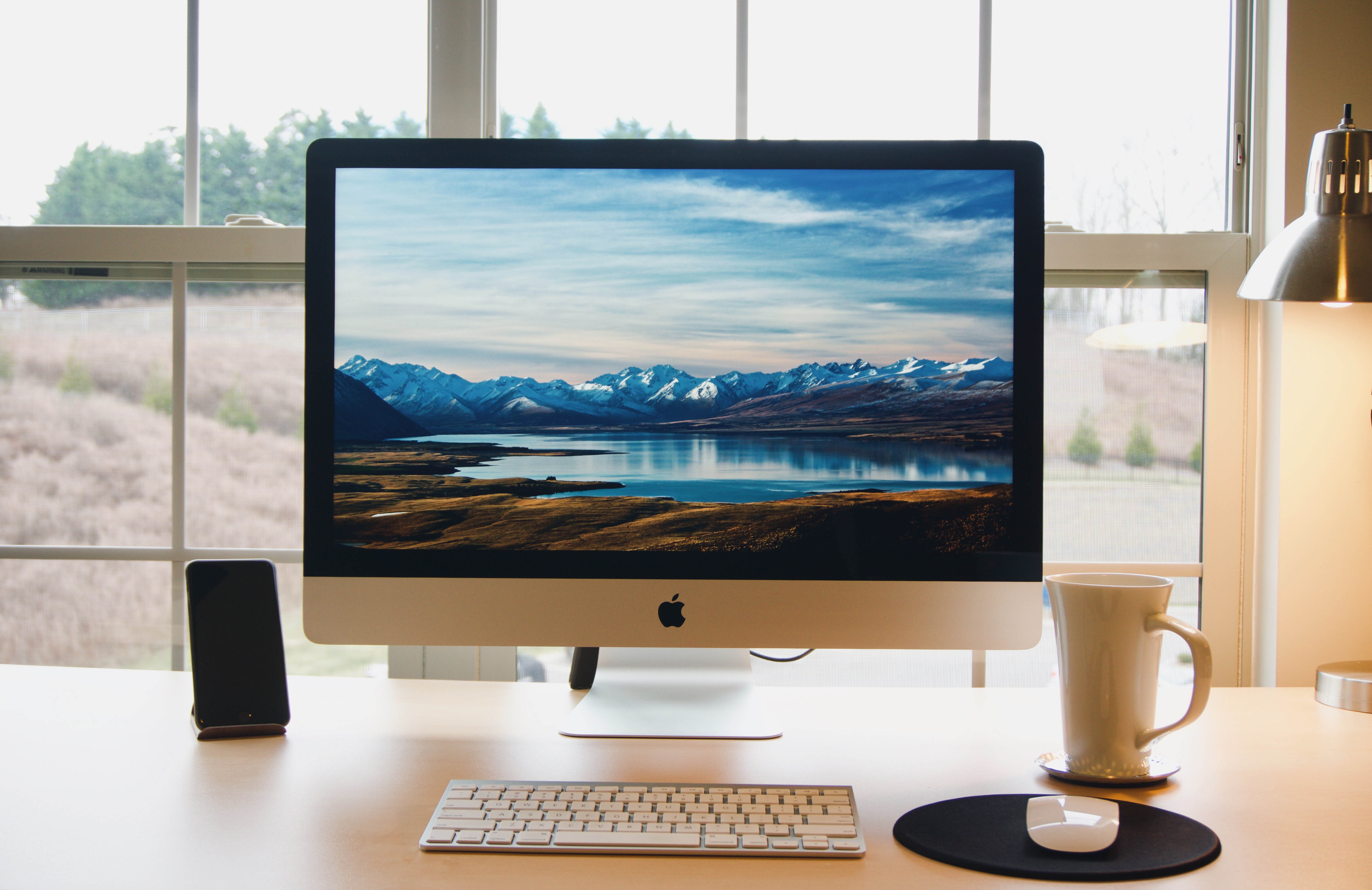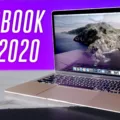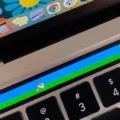Are you having trouble getting your Macbook Pro with Touch Bar to turn on? You’re not alone. Many users have experienced this issue, but fortunately, it is usually a simple fix.
The first thing you should do when your Macbook Pro with Touch Bar won’t turn on is to check the power connection. Make sure the power cord is securely connected to your Mac and that it is plugged into a functioning outlet. If the cord or outlet doesn’t seem to be working, try using a different one or using an extension cord.
If the power source seems to be working, you may need to reset the SMC system management controller on your machine. To do this, press and hold down the power button for at least 10 seconds and then release it. Your Mac should now start up normally.
If resetting the SMC doesn’t work, you may need to reset your Mac’s NVRAM (non-volatile random access memory) or PRAM (parameter RAM). To do this, shut down your computer and press and hold down Command + Option + P + R on your keyboard before pressing the power button again and releasing all four keys at once. Your Mac should now start up normally.
If all else fails, you can try restarting your machine in safe mode by pressing and holding down Shift while turning it back on again. This will allow you to troubleshoot any issues that could be preventing your machine from starting up properly.
No matter what issue you are dealing with, remember that there are always solutions available when it comes to getting your Macbook Pro with Touch Bar running properly again. With a few simple steps, you can get back up and running in no time!
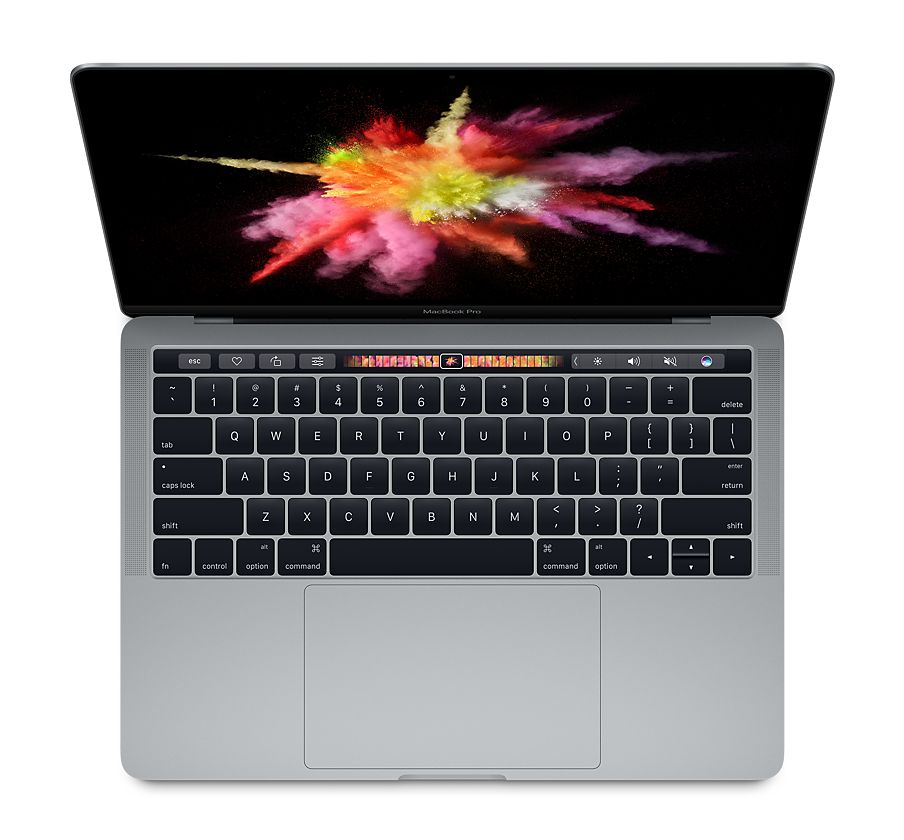
Troubleshooting a MacBook Pro That Won’t Turn On With Touch Bar
If your MacBook Pro won’t turn on with the touch bar, there are a few steps you can take to try and fix the problem.
1. Restart your MacBook Pro by pressing and holding the power button for at least 10 seconds.
2. Check if your battery is charged and properly connected to your computer. If not, plug it in and make sure that the connection is secure.
3. Reset the touch bar and control strip by going to System Preferences > Keyboard > Customize Control Strip > Reset Touch Bar.
4. Update macOS to the latest version as this may help fix any glitches causing the issue.
5. Reset your Mac’s System Management Controller (SMC) and Non-Volatile RAM (NVRAM) or Parameter RAM (PRAM). To do this, shut down your computer, then hold down Shift+Control+Option+Power together for 10 seconds before releasing all keys – then press the power button once more to turn it back on again.
If none of these steps resolve the issue, it could be a hardware problem so you should contact Apple Support for further assistance.
Location of the Power Button on MacBook Pro with Touch Bar
The power button on a MacBook Pro with Touch Bar is located on the right side of the Touch Bar. It is a small, circular button just above the function keys (F1-F12). It is also marked with a power logo. To turn your Mac on or off, simply press and hold the power button for a few seconds.
Turning On a MacBook Pro
To turn on your MacBook Pro, press and hold the power button until the startup chime plays and the Apple logo appears. You may need to hold the button for a few seconds before you hear the chime. Once your Mac is powered on, you can begin using it as normal.
Troubleshooting MacBook Pro Screen Not Turning On
There are several possible reasons why your MacBook Pro screen is not turning on. The most common is an issue with the power supply, either due to insufficient or incorrectly rated power. If this is the case, try using a different power adapter and see if that resolves the issue. Another possibility is that there may be poor contact between hardware and firmware, which can cause the computer to not start up normally. It’s also possible that cables connecting the components of the laptop might not be properly connected. Additionally, third-party apps that expand or alter the screen may interfere with normal operation. If none of these simple solutions resolve the issue, you may need to take your laptop to a professional repair shop for further diagnosis and repair.


